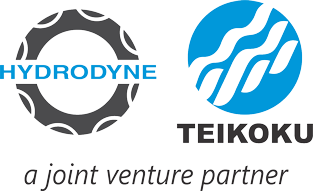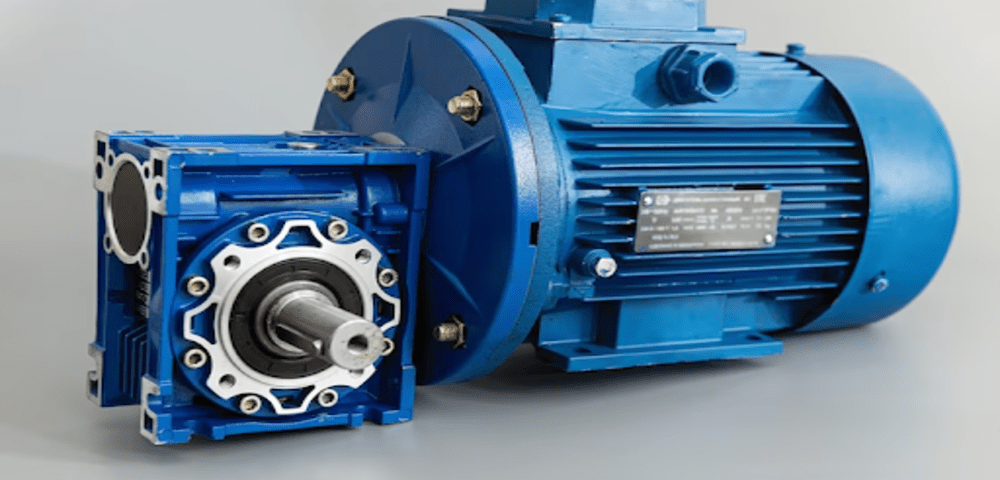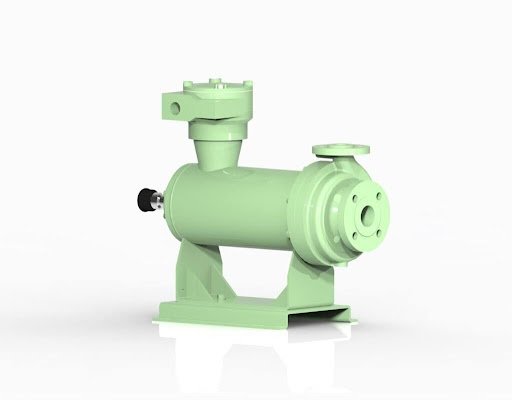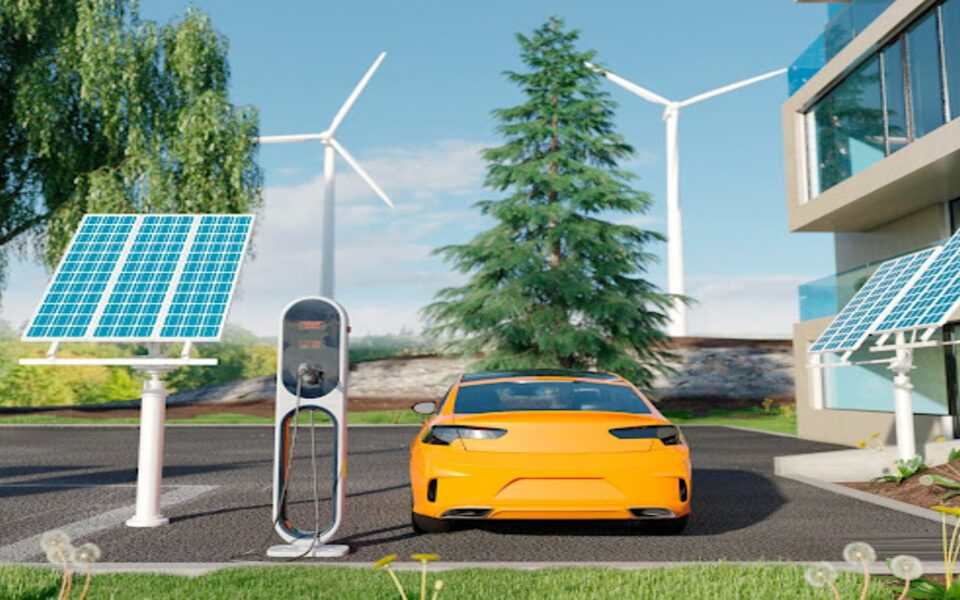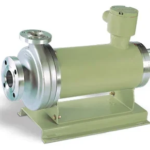
Hydrodyne Teikoku: Leading Sealless Canned Motor Pump Manufacturer in Mumbai
September 25, 2025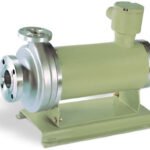
Hydrodyne Teikoku Canned Motor Pumps: Industrial Pumps & Motors for Every Application
September 25, 2025Industrial operations are increasingly under scrutiny for their environmental impact. From petrochemical plants and refineries to pharmaceuticals and nuclear facilities, reducing harmful emissions has become a non-negotiable requirement. At Hydrodyne Teikoku, we understand the challenges industries face when balancing operational efficiency with stringent environmental compliance. One of the most critical solutions in this area is the use of emission control pumps, designed to manage, contain, and safely transport fluids that could otherwise contribute to harmful emissions.
In this article, we explore key trends in industrial emission control, the challenges organisations face, and how emission control pumps play a vital role in mitigating environmental risks.
Understanding Industrial Emission Control
Emission control refers to the strategies, equipment, and processes that industries use to minimise the release of harmful substances into the air, water, or soil. Regulatory bodies worldwide are tightening limits on volatile organic compounds (VOCs), hazardous gases, and particulate matter, making compliance both a legal and operational imperative.
An emission control pump is specifically designed to handle fluids safely in these critical applications. By maintaining a leak-free system, such pumps prevent hazardous chemicals from escaping into the environment, helping industries meet regulatory requirements while ensuring operational safety.
Key Trends in Industrial Emission Control
Several trends are shaping how industries approach emission control today:
-
Stricter Environmental Regulations
Global standards are becoming more rigorous, compelling industries to adopt technologies that limit emissions. Using high-quality emission control pumps is now standard practice in chemical, petrochemical, and pharmaceutical plants.
-
Shift Towards Sustainability
Companies are moving beyond compliance, focusing on long-term sustainability. Emission reduction, energy efficiency, and eco-friendly process design are increasingly prioritised.
-
Digital Monitoring and Predictive Maintenance
Advanced monitoring systems integrated with emission control equipment, including pumps, allow real-time tracking of emissions. Predictive maintenance ensures pumps operate efficiently, preventing leaks or failures that could compromise emission control.
-
Adoption of Hermetically Sealed Pumps
Hermetic sealing technology, as used in modern emission control pumps, reduces fugitive emissions significantly. These pumps are increasingly preferred in critical applications where safety and environmental compliance are paramount.
Challenges in Industrial Emission Control
Despite technological advances, several challenges persist:
-
Handling Hazardous Fluids Safely
Many industrial processes involve toxic, flammable, or corrosive chemicals. A standard pump can leak or fail under these conditions, making emission control pumps essential.
-
Balancing Efficiency and Compliance
Industries must ensure operational efficiency while meeting strict emission standards. Pumps must perform reliably over long periods without compromising safety or environmental goals.
-
Maintenance and Downtime
Frequent maintenance or pump failure can disrupt production and increase the risk of uncontrolled emissions. Using robust, hermetically sealed emission control pumps reduces this risk.
-
Integration with Existing Systems
Many plants operate with legacy systems. Selecting emission control pumps that can integrate seamlessly while meeting modern environmental standards is critical.
How Emission Control Pumps Provide Solutions
Emission control pumps are engineered to tackle these challenges directly. Here’s how:
-
Leak-Free Design
Hermetically sealed pumps eliminate shaft seals, preventing leaks and fugitive emissions. This ensures safe transport of hazardous fluids without compromising environmental compliance.
-
Temperature and Pressure Handling
Modern emission control pumps can manage extreme temperatures and high-pressure applications, making them suitable for chemical, petrochemical, and nuclear industries.
-
Reduced Maintenance Needs
With fewer moving parts exposed to the environment, these pumps require minimal maintenance, reducing downtime and ensuring continuous compliance.
-
Compact and Energy-Efficient
Many emission control pumps are designed with a compact footprint and energy-efficient operation, saving both space and operational costs without compromising performance.
-
Support for Monitoring Systems
They can be integrated with sensors and digital monitoring tools to provide real-time performance data, allowing predictive maintenance and proactive emission management.
Applications Across Industries
Emission control pumps are versatile and essential in multiple sectors:
- Petrochemical and Oil & Gas: Handling VOCs, flammable hydrocarbons, and hazardous chemicals safely.
- Pharmaceuticals: Transporting sensitive fluids without contamination or release of harmful substances.
- Nuclear Power: Ensuring radiation-sensitive fluids are contained without leaks.
- Food Processing and Refrigeration: Managing fluids that must remain uncontaminated in controlled environments.
- Chemical Manufacturing: Handling aggressive acids, solvents, and high-temperature liquids safely.
In each application, the primary objective is the same: to contain hazardous materials, prevent emissions, and maintain operational reliability.
Future Outlook
The future of industrial emission control is closely tied to innovations in pumping technology. Key developments we anticipate include:
- Integration with Smart Monitoring Systems: Pumps with IoT-enabled sensors will provide predictive insights and alert operators to potential issues before they impact emissions.
- Material and Coating Innovations: New materials will enhance resistance to corrosive or high-temperature fluids, extending pump life and maintaining leak-free performance.
- Sustainable Design: Energy-efficient, low-noise, and compact emission control pumps will support greener industrial operations.
At Hydrodyne Teikoku, we continue to invest in R&D to ensure that our emission control pumps remain at the forefront of both environmental compliance and industrial performance.
Conclusion
Industrial emission control is no longer optional—it is a regulatory and operational necessity. With the increasing focus on sustainability and stringent environmental standards, industries must adopt solutions that are both effective and reliable. Emission control pumps provide a critical solution by ensuring leak-free, safe handling of hazardous fluids while supporting compliance and operational efficiency.
By selecting the right emission control pump, industries can reduce environmental risks, minimise downtime, and improve overall productivity.
FAQs: Emission Control Pumps
1. What is an emission control pump, and why is it important?
An emission control pump is designed to handle hazardous or volatile fluids safely while preventing leaks and fugitive emissions. It is crucial for industries where environmental compliance and worker safety are priorities.
2. Which industries benefit most from emission control pumps?
Industries such as petrochemicals, pharmaceuticals, nuclear power, chemical manufacturing, and food processing benefit from emission control pumps, as they handle sensitive, toxic, or flammable fluids that require leak-free transport.
3. How does an emission control pump reduce environmental risks?
By eliminating mechanical seals and using a hermetically sealed design, emission control pumps prevent leaks and fugitive emissions, ensuring hazardous materials are contained safely and regulatory standards are met.
4. Are emission control pumps suitable for high-temperature or high-pressure applications?
Yes. Modern emission control pumps are engineered to operate efficiently under extreme temperatures and pressures, making them ideal for demanding industrial environments.
5. What maintenance is required for emission control pumps?
These pumps require minimal maintenance because they have fewer exposed moving parts. Regular inspections and monitoring are generally sufficient to ensure safe and reliable operation.
6. Can emission control pumps be integrated with digital monitoring systems?
Absolutely. Many emission control pumps can be equipped with sensors and remote monitoring tools, allowing real-time performance tracking and predictive maintenance to prevent potential leaks or operational issues.
